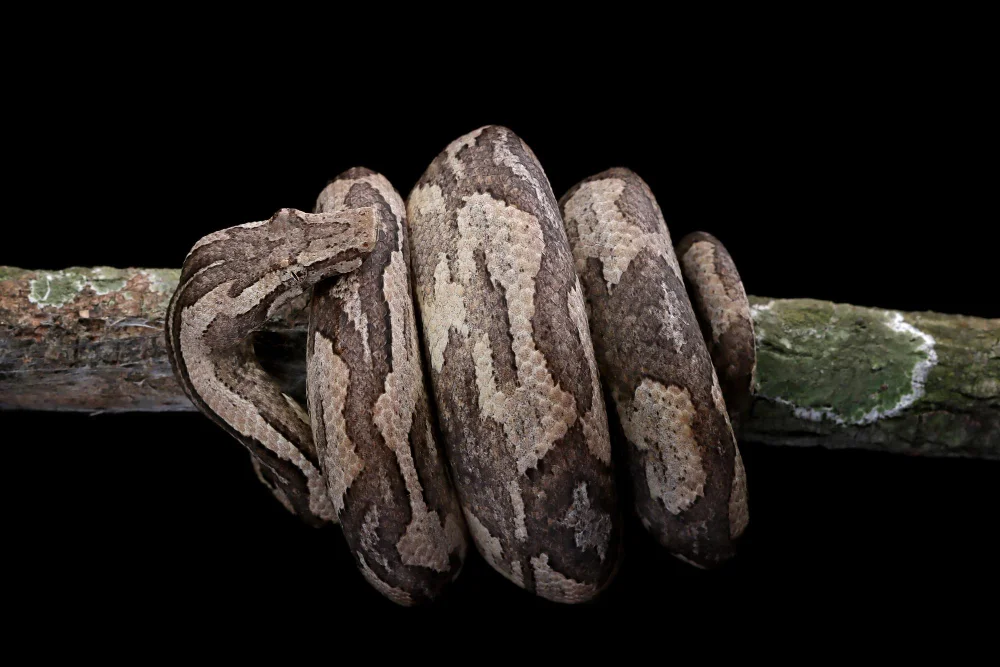Taxonomy and Classification:
Boa constrictor is a species of snake belonging to the family Boidae. They are found in tropical regions worldwide and have several subspecies.
Physical Characteristics:
Boa constrictors are large snakes typically ranging from 1.5 to 3 meters (5 to 10 feet) in length. They have robust, muscular bodies, wide and distinct head structures, and scales usually in brown, cream, or gray colors.

Habitat and Distribution:
Boa constrictors are commonly found in tropical forests, humid areas, and wetlands in Central and South America. They are widespread in regions such as the Amazon Basin, Orinoco River Basin, and Caribbean Islands.
Behavior and Feeding:
Boa constrictors are nocturnal carnivores. Their main prey includes rodents, birds, bats, and other small vertebrates. Boa constrictors kill their prey by coiling around them tightly to suffocate before swallowing them whole.
Reproduction and Offspring:
Boa constrictors have an ovoviviparous reproductive strategy, meaning they internally incubate eggs and give birth to fully developed young. Females mate once a year and can give birth to 10 to 60 offspring at a time.
Conservation Status and Threats:
Boa constrictors face threats such as habitat destruction, hunting, and illegal trade. While some subspecies are considered endangered or vulnerable, others have stable populations.
Cultural and Mythological Significance:
Boa constrictors hold sacred or mythological significance in many Central and South American cultures. Some indigenous peoples associate these snakes with supernatural powers and show them respect.
Domestication and Pet Trade:
Boa constrictors are popular among pet enthusiasts and can be kept as pets. However, overexploitation in the pet trade may threaten some populations in their natural habitats.
Veterinary Care and Nutrition:
With proper care, boa constrictors can have long lifespans. Maintaining appropriate temperature, humidity, and feeding practices are essential for their health and well-being.
Research and Education:
Boa constrictors are important for biological research and educational purposes. Scientists study these snakes to understand their roles in ecosystems and develop conservation strategies.
Boa constrictors are fascinating and captivating snake species with a wide distribution and diverse habitats. However, habitat conservation and promoting sustainable harvesting practices are crucial to ensure the future of these important snakes.


